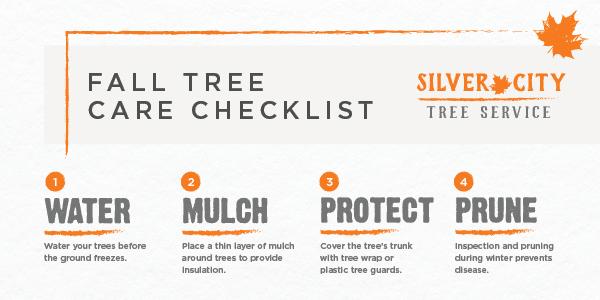Signs Indicating The Requirement For Tree Elimination: Recognizing Risky Trees
Signs Indicating The Requirement For Tree Elimination: Recognizing Risky Trees
Blog Article
Material Writer-Winther Hubbard
When it concerns tree care, identifying the signs that it's time for removal is important for your security and building. You might see blemished leaves, wilting branches, or weird fungal developments indicating illness. https://valleycentral.com/news/local/tx-dot-relocates-palm-trees-entering-raymondville , like a significant lean or fractures in the trunk, can likewise posture risks. Recognizing these warning signs can aid you make educated choices regarding your trees and avoid potential hazards prowling in your lawn. What should you look for next?
Indicators of Decay and Condition
When you observe indications of decay and disease in your trees, it's important to act rapidly. Seek blemished leaves, wilting branches, or uncommon developments like fungi. These can show that your tree is having a hard time.
If you see splits in the bark or soft, mushy timber, these symptoms suggest internal decay. In addition, an unexpected rise in parasites around your tree can indicate that it's compromised and vulnerable.
Check for any dead or dying arm or legs, as they position a danger to your residential property and safety. If you're uncertain regarding what you see, speaking with an arborist can provide clearness.
Dealing with these indicators early can conserve you from a lot more extensive damage and ensure the wellness of your yard. Don't wait up until it's far too late.
Structural Instability and Leaning
As you observe your trees, watch out for any indicators of architectural instability or leaning. If a tree leans significantly, it may show that the root system is endangered.
Look for any type of fractures in the trunk or soil around the base; these can indicate potential failure. Furthermore, check for unusual growth patterns, like an uneven crown, which may recommend that the tree is battling to hold itself upright.
If you discover that the tree leans toward your home, high-voltage line, or other structures, it postures a better risk. Do not disregard these signs-- seek advice from an arborist to evaluate the circumstance.
Acting early can protect against costly damage and ensure your safety.
Dead or Perishing Branches and Vegetation
If you see dead or dying branches and vegetation on your tree, it's a clear sign that something's wrong.
These harmful locations can show underlying problems like condition, bug invasions, or ecological anxiety. When branches shed their leaves or turn brownish, they're no longer contributing to the tree's health and wellness. Neglecting these indications could result in additional decline, making your tree much more unsafe.
Dead branches can quickly break short during storms, presenting a risk to residential property and individuals close by. It's critical to analyze the level of the damages.
If the problem impacts a substantial part of the tree, take into consideration seeking advice from a specialist. They can aid determine if removal is required to guarantee security and keep the elegance of your landscape.
Final thought
If you notice any indications of degeneration, structural instability, or dead branches on your trees, don't neglect them. These indicators can present significant safety and security threats to you and your home. https://www.google.com/maps/uv?pb=!1s0x87695392e3f6d517%3A0xc91102aef5ddf5d8!5sPrecision%20Timber%20Felling!15sCgIgARICEAE&authuser=2&imagekey=!1e10!2sAF1QipPwt8D_FwgIaTFoqW319KnBiroKF1jAIBMvzywN 's always best to consult a professional arborist who can offer a specialist assessment of your trees. Taking action early can avoid accidents and costly damages, ensuring your landscape remains safe and healthy and balanced. Keep in mind, it's better to be positive about tree treatment than to await a calamity to take place.
